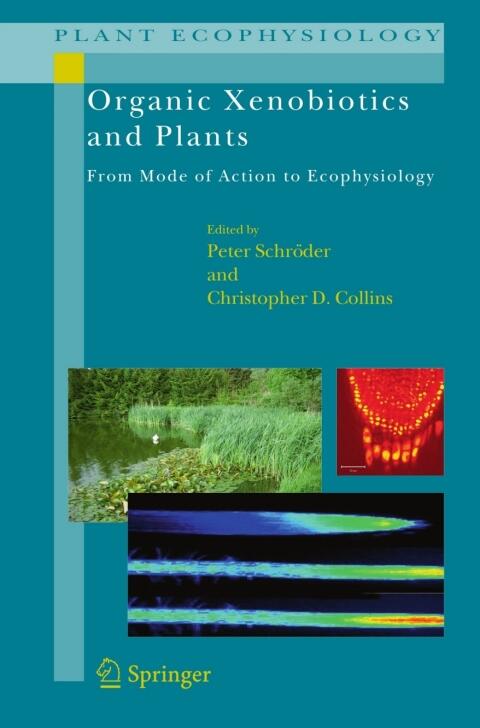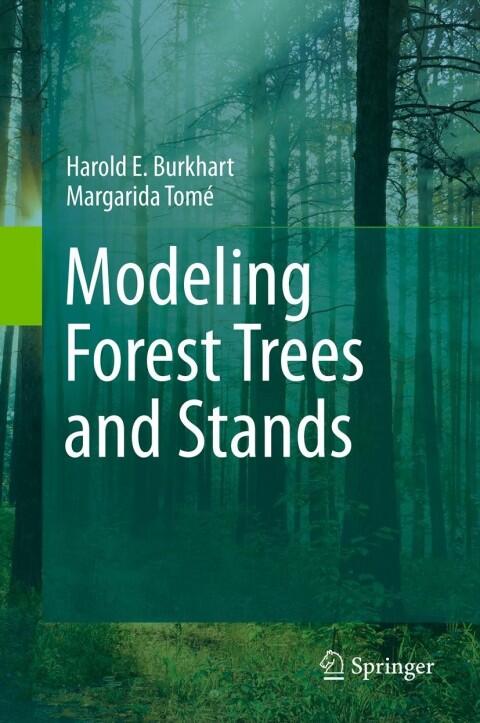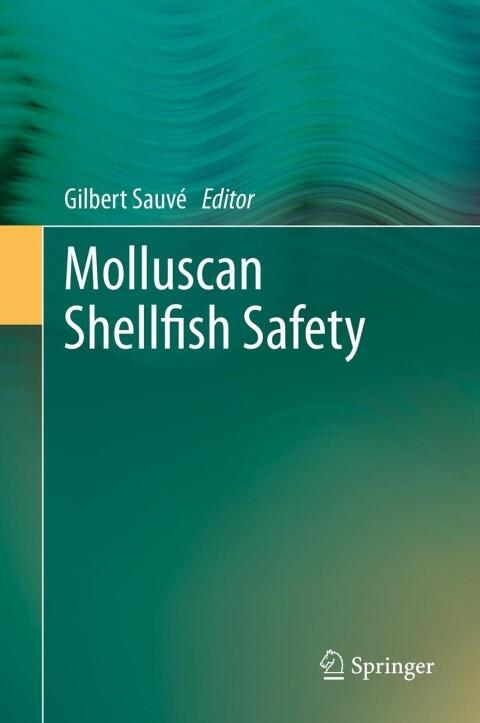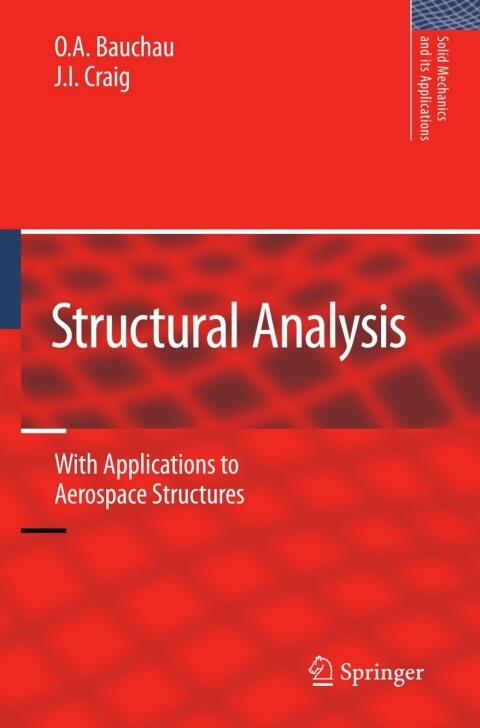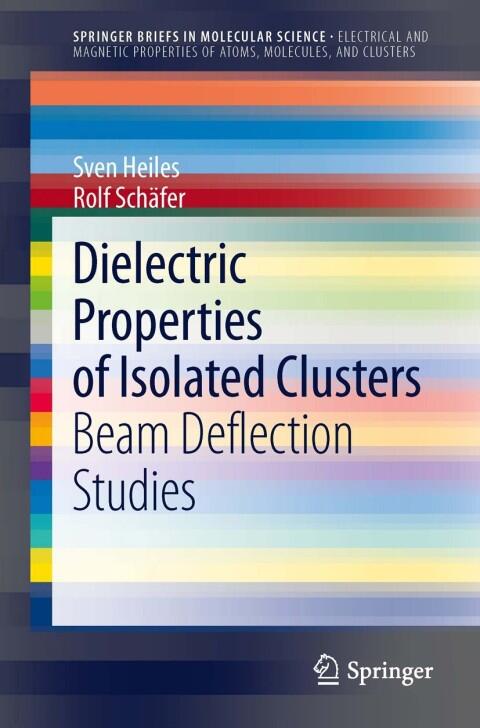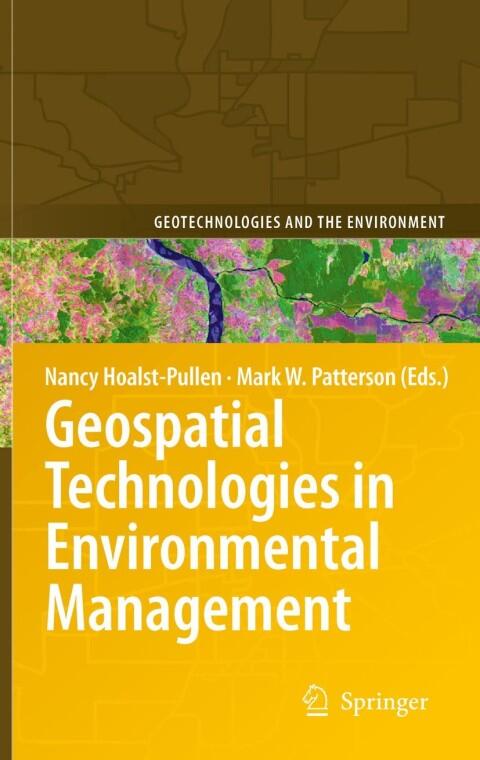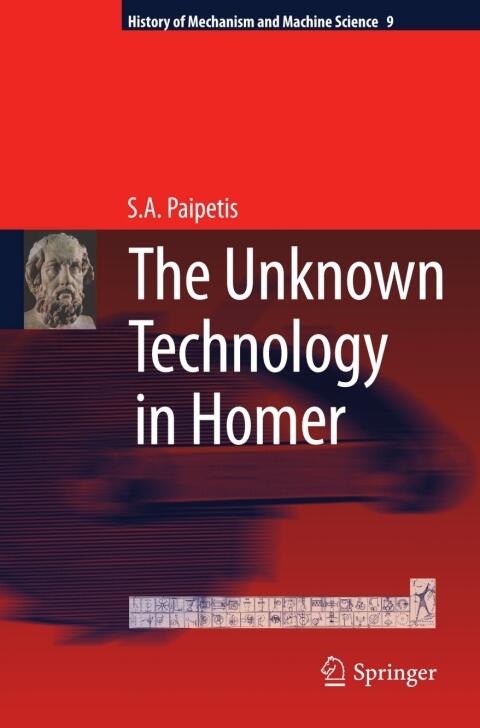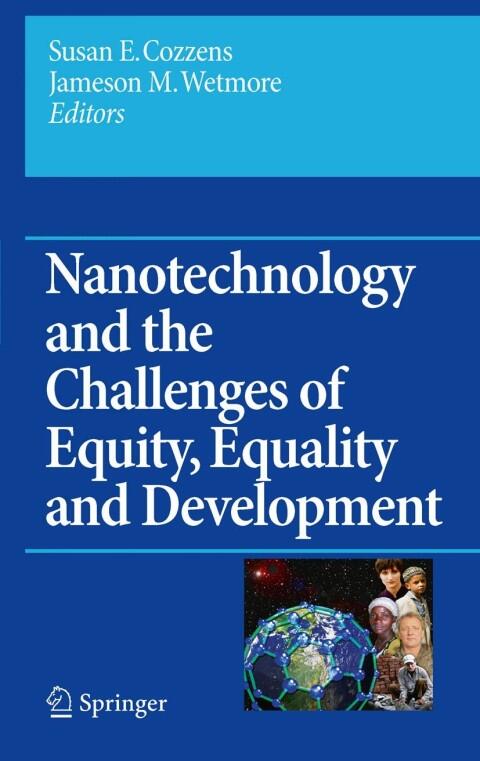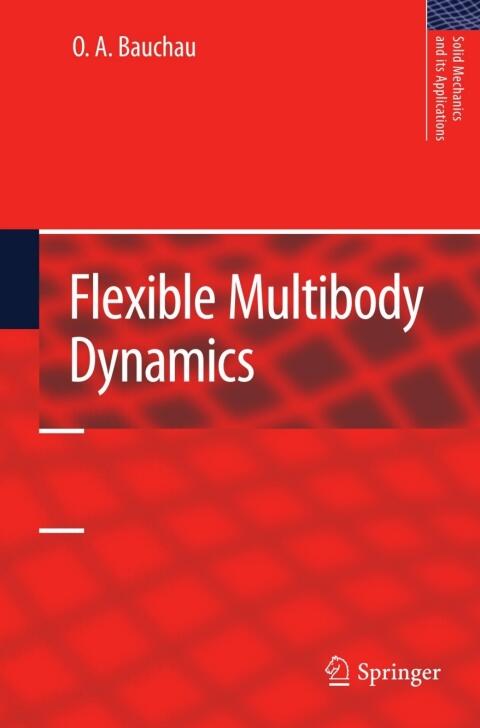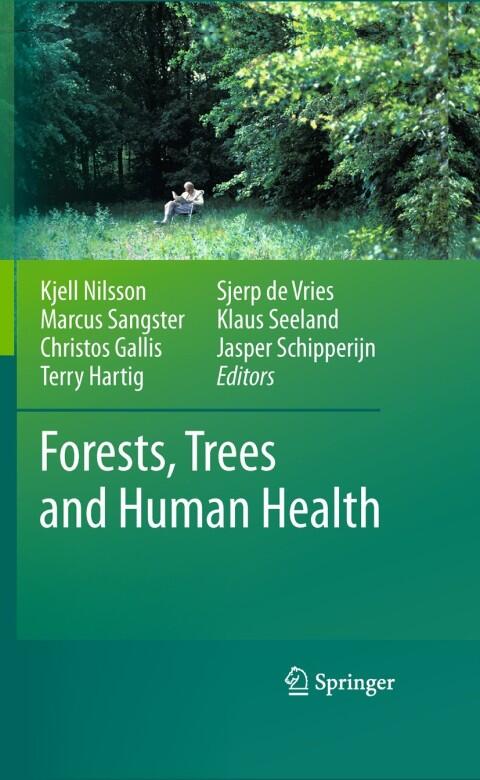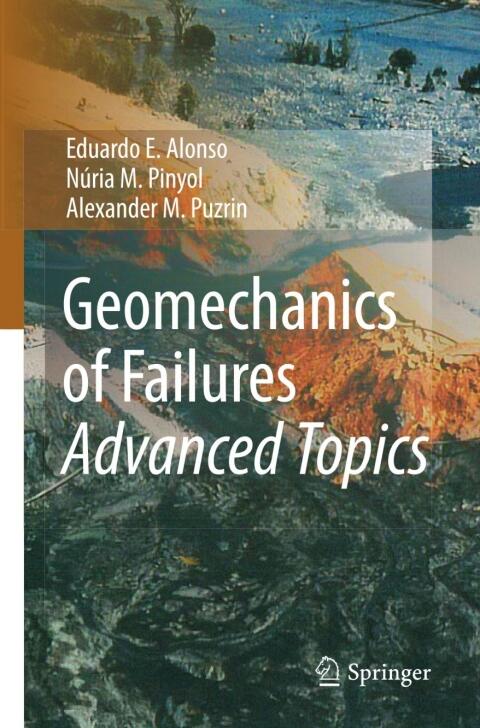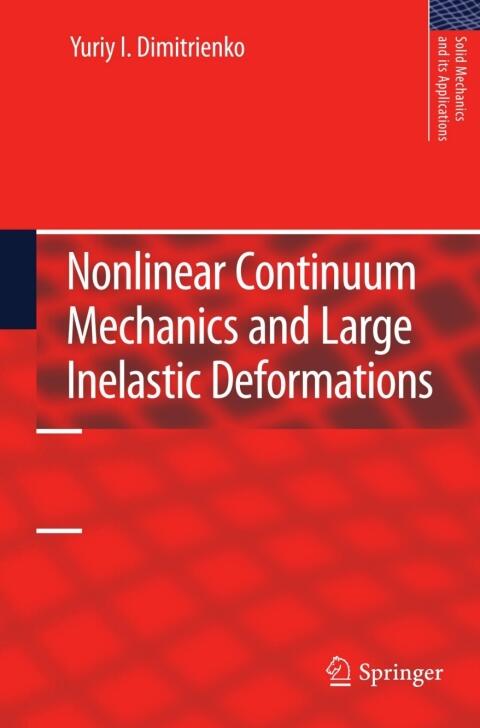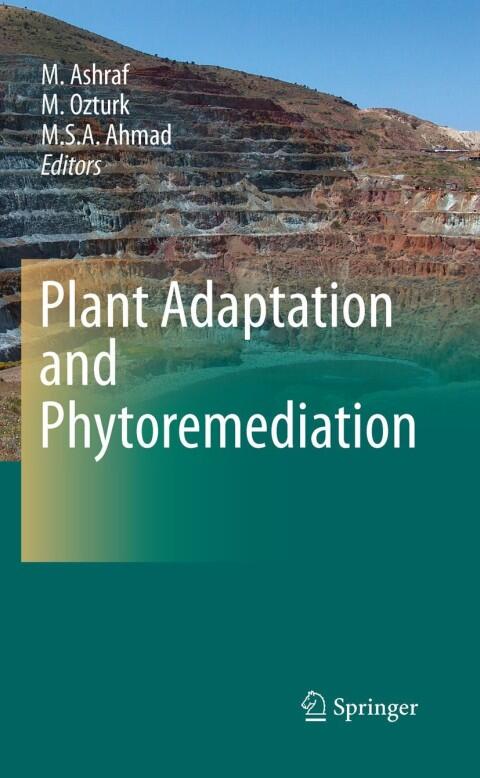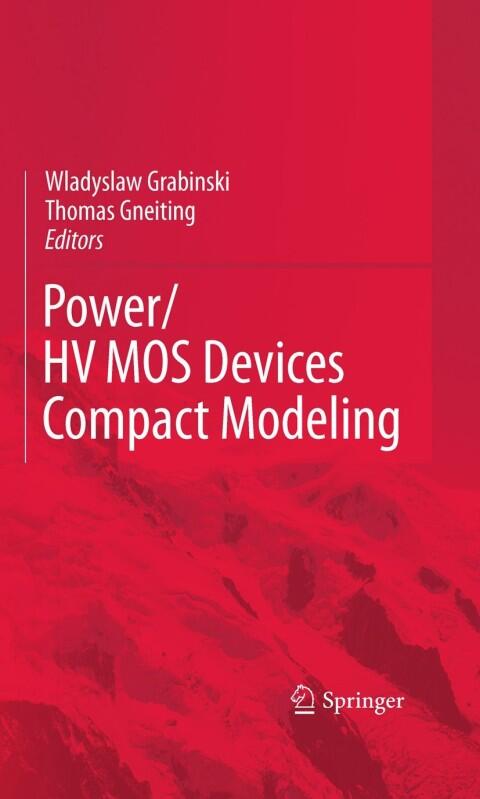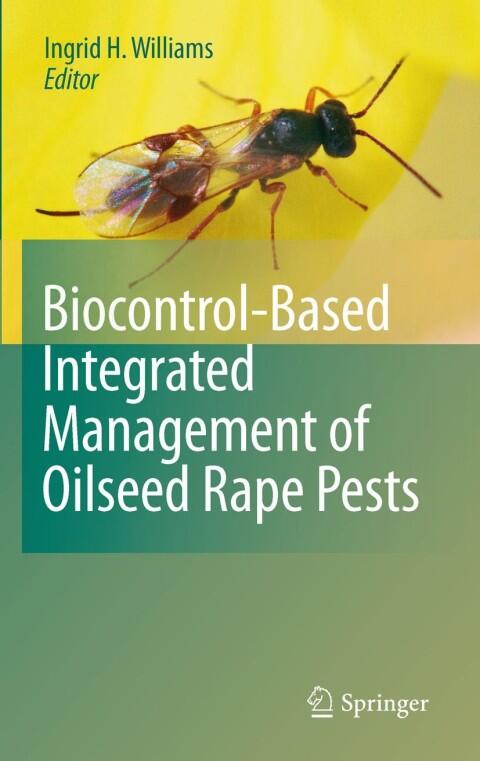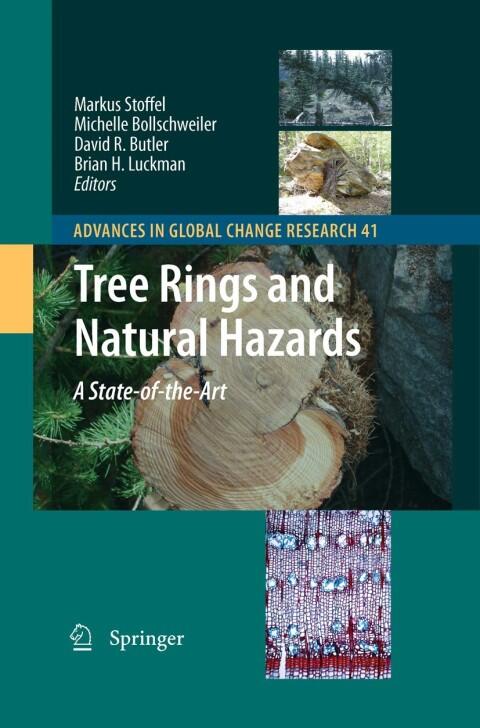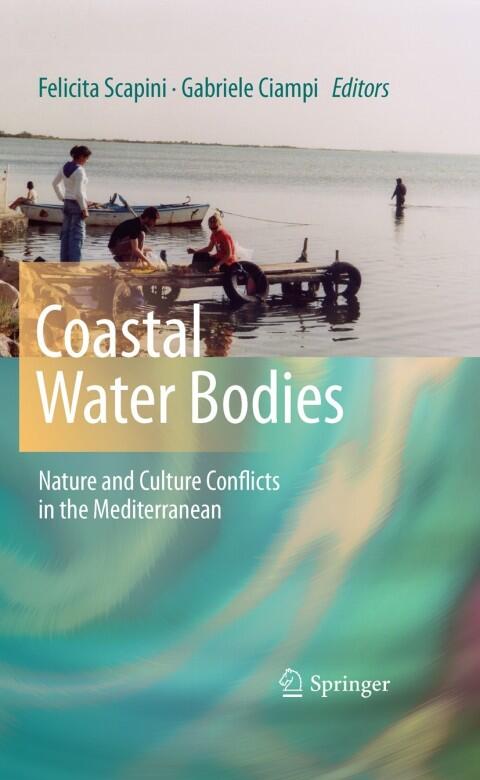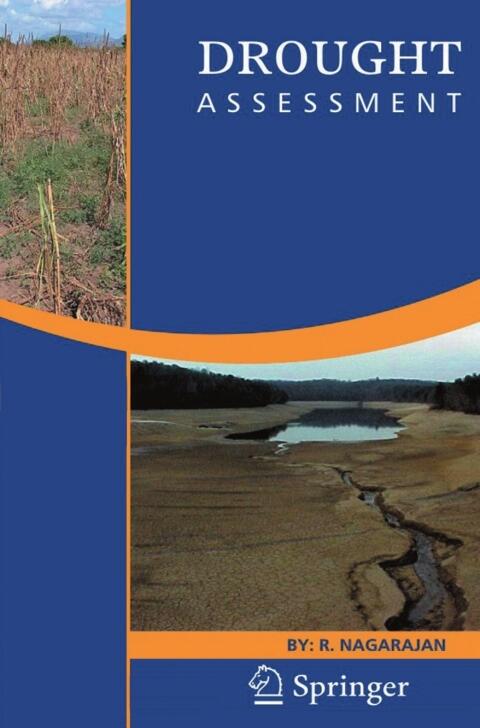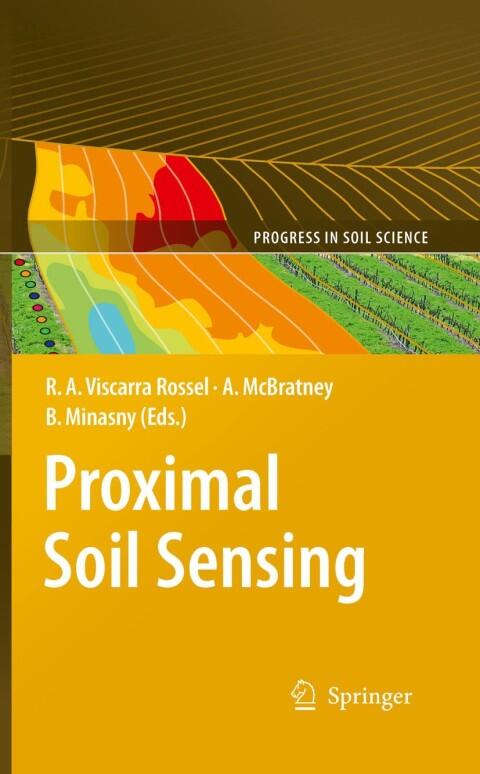
Proximal Soil Sensing
작성자
Raphael A. Viscarra Rossel
아직 평점이 없습니다
Science & Technology
형식
킨들
페이지
671
언어
네덜란드어, 플라망어
출판됨
Jan 1, 2010
출판사
Springer
판
2010
ISBN-10
9048188598
ISBN-13
9789048188598
설명
In the realm of soil science, advancements in technology are transforming how researchers and professionals understand soil properties and dynamics. This comprehensive work delves into the innovative field of Proximal Soil Sensing, highlighting its potential for enhancing soil analysis and management practices.
Through meticulously gathered insights, the book explores the integration of high-resolution digital soil mapping with proximal sensing techniques, revealing a nuanced approach to soil characterization. The author showcases various applications of these technologies, emphasizing their role in precision agriculture and environmental monitoring.
Readers are introduced to cutting-edge methodologies that have emerged in recent years, along with discussions on the implications of this research for sustainable land management. By bridging the gap between traditional practices and modern technology, the text serves as a vital resource for scholars and practitioners eager to stay at the forefront of soil science advancements.
As the understanding of soil systems continues to evolve, this work stands as a testament to the importance of innovation in enhancing agricultural productivity and ecological sustainability. The insights presented here are sure to inspire further exploration and application of proximal soil sensing methods across diverse scientific fields.
Through meticulously gathered insights, the book explores the integration of high-resolution digital soil mapping with proximal sensing techniques, revealing a nuanced approach to soil characterization. The author showcases various applications of these technologies, emphasizing their role in precision agriculture and environmental monitoring.
Readers are introduced to cutting-edge methodologies that have emerged in recent years, along with discussions on the implications of this research for sustainable land management. By bridging the gap between traditional practices and modern technology, the text serves as a vital resource for scholars and practitioners eager to stay at the forefront of soil science advancements.
As the understanding of soil systems continues to evolve, this work stands as a testament to the importance of innovation in enhancing agricultural productivity and ecological sustainability. The insights presented here are sure to inspire further exploration and application of proximal soil sensing methods across diverse scientific fields.
